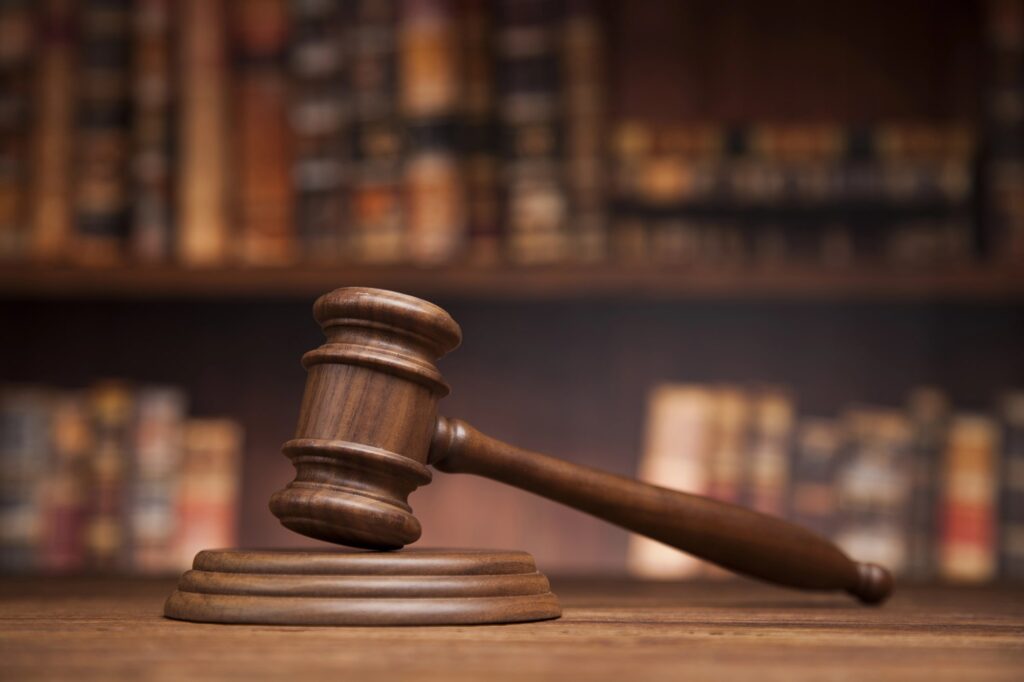
Whether caused by a burst pipe, severe storm, or appliance leak, water spreads fast—and the longer it sits, the worse the damage becomes. The first 24 hours are critical. What we do during this time can make a major difference in minimizing property loss and protecting everyone’s safety. In this article, we’ll cover the key steps to take immediately after water damage occurs. Our friends at Cohen & Cohen discuss how quickly water damage can affect a home or business.
Stop The Source And Protect The Area
The very first step is to identify where the water is coming from and stop it, if possible. That may mean shutting off the main water valve to the building or turning off a faulty appliance. If the source is outside—such as from heavy rain or flooding—there may be little to do other than wait for the water to stop rising. Once the flow is under control, it’s important to keep people and pets away from the affected areas, especially if there are concerns about electrical hazards or contaminated water.
Make Safety The Top Priority
Before entering any flooded area, we need to assess potential safety risks. Standing water near outlets, appliances, or circuit panels can be dangerous. If it’s safe to do so, turning off the electricity to the impacted part of the building is a smart precaution. We should also avoid walking through water that may contain sewage, chemicals, or debris. If the water damage came from a backed-up drain or sewer line, that creates a separate set of health concerns that should be addressed by professionals right away.
Document Everything For Insurance
Once it’s safe to begin cleanup, taking photos and video of the damage is a key step. We should document all visible damage to walls, floors, ceilings, furniture, and belongings. It’s also helpful to make a written list of what’s been affected. This documentation can support an insurance claim and help avoid disputes later on. It’s best to do this before moving or throwing anything away, even if something is clearly beyond repair.
Remove Water And Start Drying
If we’re dealing with minor water damage, we may be able to start the drying process ourselves using towels, fans, and dehumidifiers. For larger-scale incidents, a professional water damage restoration service is usually necessary. These teams have the right equipment to remove standing water, dry out walls and flooring, and prevent mold growth. Time is a major factor—mold can begin to grow in as little as 24 to 48 hours, so quick action is essential.
Reach Out For Help When Needed
Water damage doesn’t just affect the building—it can impact health, finances, and daily life. If insurance is involved, contacting the provider early helps move the claims process forward. And if the damage was caused by someone else’s negligence, there may be legal options to recover costs. For example, if a landlord ignored maintenance issues that led to water damage, or if a neighboring unit caused flooding, there may be grounds for a claim. In some cases, a personal injury lawyer may even get involved if the damage has led to injury or unsafe living conditions.
Water damage can be overwhelming, but taking the right steps in the first day can limit the damage and make recovery smoother. Addressing the source of the water, documenting the scene, staying safe, and starting cleanup as soon as possible are all key actions. Whether we handle some of the work ourselves or call in professionals, acting quickly is what helps protect our property and our peace of mind.

